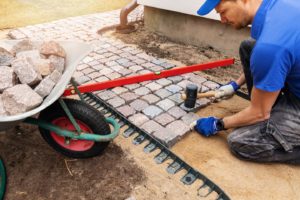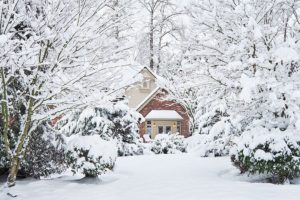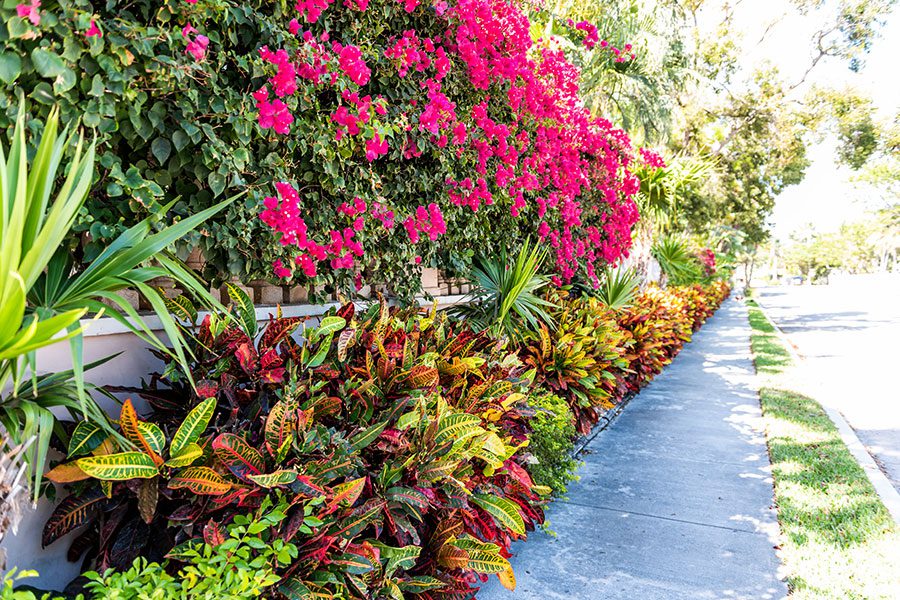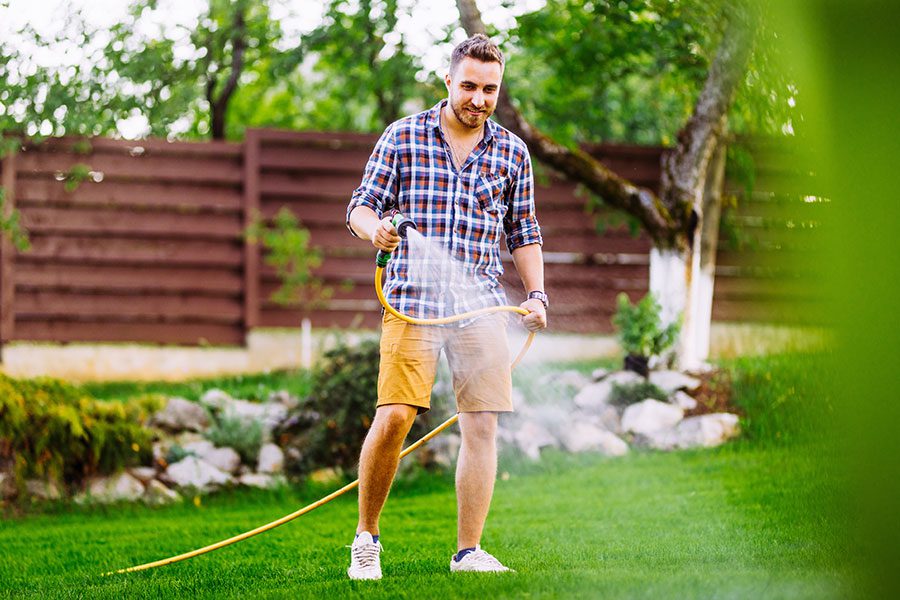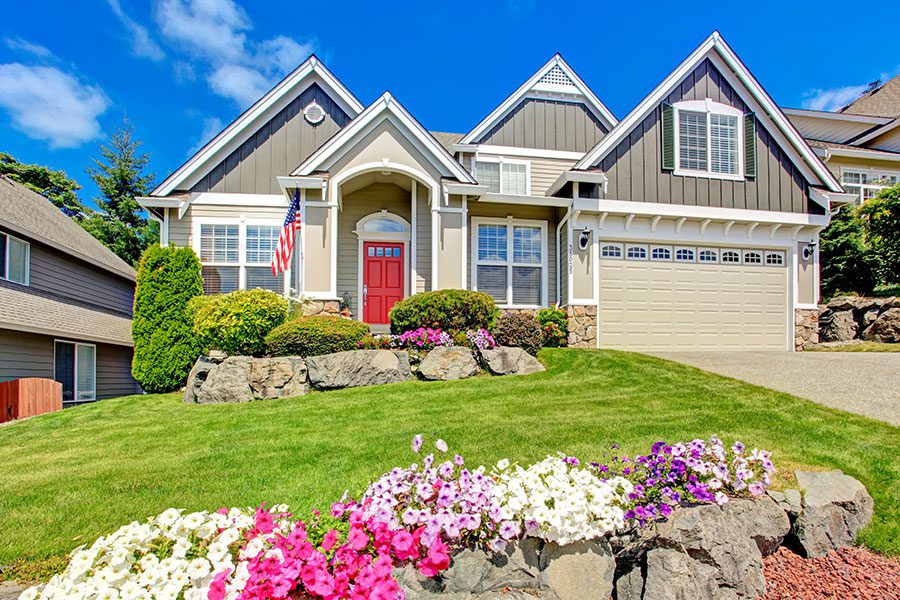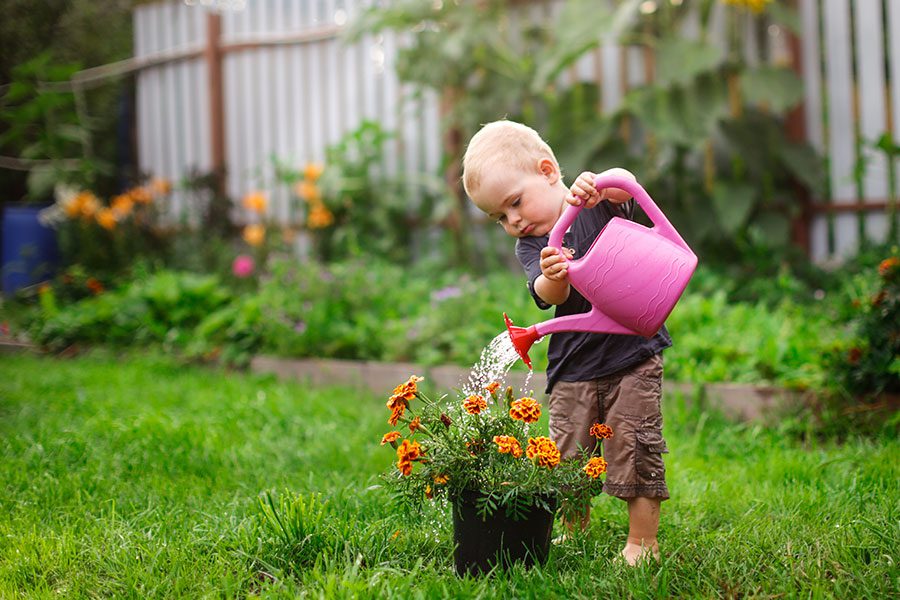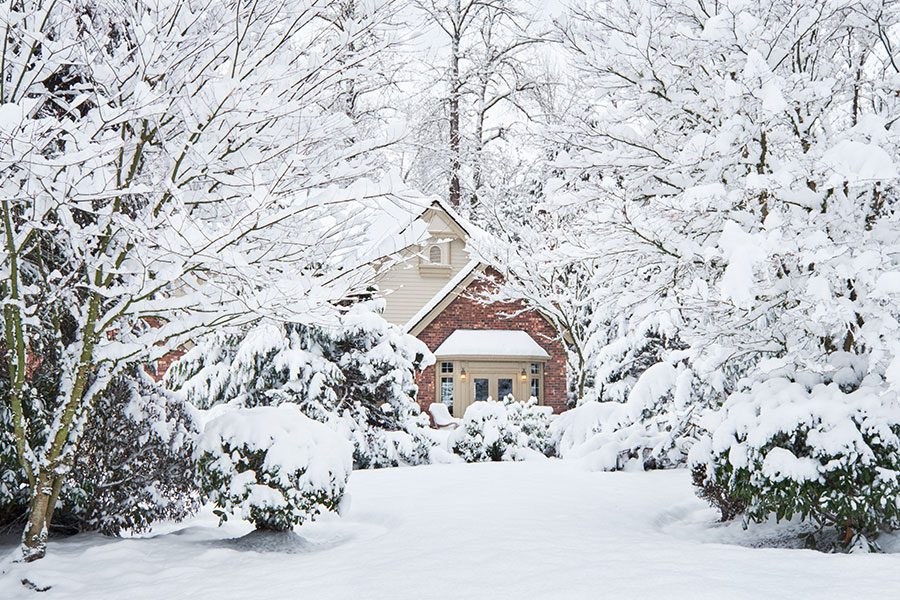Walkway and Pathway Tips from the Springfield, IL Landscaping Experts
Adding walkways and pathways to your residential property can add to your family and guests’ enjoyment by safely guiding them to different areas of your home. Some of these hardscaping plans may require the help of a professional landscaper or contractor, but many simple walkways can be planned out and added by the homeowner as a weekend DIY project.
Planning Pathways
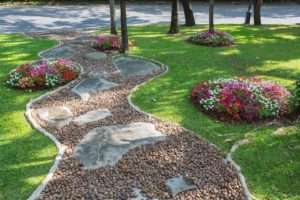 When you’re planning where to install paths or walkways, consider the natural flow of foot traffic and don’t fight against it too much. On the other hand, don’t be afraid to define where you want people to go – an alternate entrance, garage, garden, outbuilding or recreational area.
When you’re planning where to install paths or walkways, consider the natural flow of foot traffic and don’t fight against it too much. On the other hand, don’t be afraid to define where you want people to go – an alternate entrance, garage, garden, outbuilding or recreational area.- Generally speaking the shortest way from point A to point B is going to be the most cost-effective. But if you have a large property you may have room for paths that purposely wander through gardens and grounds.
- Give thought to planting area that border walkways, or even between the stones
- Higher traffic walkways require a steadier surface and sturdier framework than casual pathways to less used areas. Remember that high traffic walkways need to function effectively in all kinds of weather. Choose materials with a surface that doesn’t become hazardous when wet or icy.
Natural Materials
Used to be, poured concrete was the material of choice for making walkways around residential buildings. Concrete has its virtues, but there are many other attractive and durable options with a bit more design flair. Consider the following materials:
- Stone pavers – practical and inexpensive, these will last a long time if properly installed
- Natural stone blocks or flagstone – for an organic yet hard wearing surface on well used paths and walkways
- Bricks and moss – for an English country garden feel. Interesting ground cover varieties can be planted between the bricks instead of moss. Some will even release a scent when walked on.
- Loose mulch or gravel – for an more informal rustic look or for any kind of path that meanders
Install It Right
Although paths and walkways make a great DIY project, there are installation best practices to keep in mind. Among them:
- Make sure the ground the path will sit on is flat and level. Digging and back-filling may be necessary to achieve this. Check your work constantly with a level.
- Drainage is of paramount importance. Installing base materials such as sand and gravel under stones or pavers will ensure that water doesn’t pool under them, causing destabilization and possibly unwanted cracks in the path.
- For both dry laid and mortared walkways, preparing the ground correctly to ensure flatness and good drainage will head off a multitude of problems. Don’t scrimp or rush this part of the job.
Looking for more landscaping or hardscaping tips related to residential walkways and pathways in the greater Springfield, IL area? Drop by and visit the experts at Monarch Lawn and Garden Centre for all the materials and advice you’ll need to get your property looking great.

